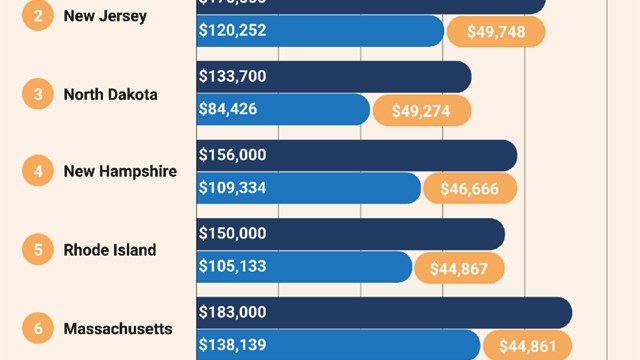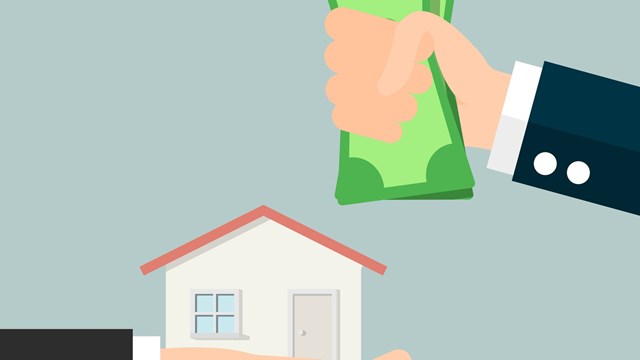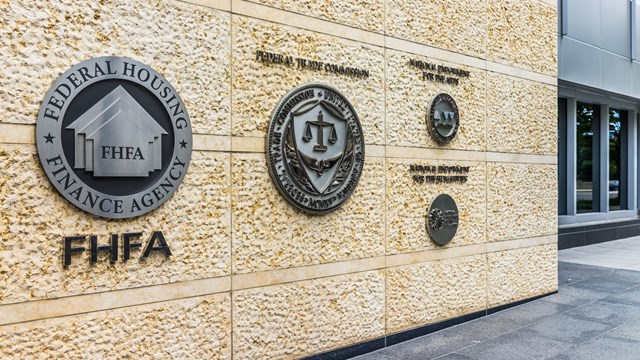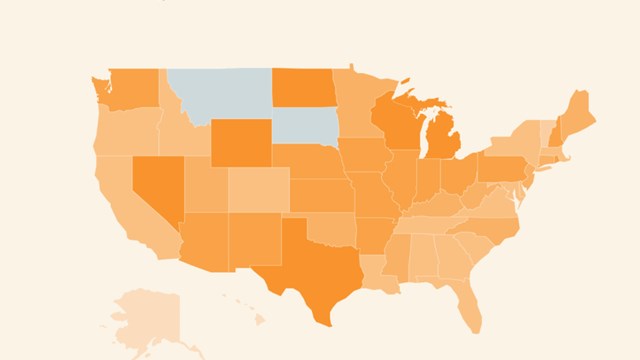Change is constant in New York City: people move in and move out; businesses open and close; buildings go up… and up and up. The reasons for change are varied, but one factor in why neighborhoods -- especially in Brooklyn -- have been changing in profound ways over the past 10 years has much to do with rezoning. In 2005, Williamsburg was rezoned. In 2003 and 2007, parts of Fourth Avenue in Park Slope were rezoned. And the process of rezoning Gowanus, whose eastern border is Fourth Avenue, has begun.
In response, current residents and community groups are looking to take an active role in how this plays out. They are calling for the retention of industrial manufacturing and the development of affordable housing, among other requests.
What Happens?
If Williamsburg is any indicator, when a neighborhood that was once largely industrial is rezoned, its character and main use is transformed—now Williamsburg is a primarily residential neighborhood. Gowanus, home to the eponymous Canal and the myriad manufacturing zones that surround the fetid waterway (and federal Superfund site), has already experienced a shift away from manufacturing and toward residential uses. And it hasn’t even been rezoned yet.
“On a generalized level, my feeling is whenever you rezone you alter a neighborhood,” says Ronald Shiffman, professor emeritus at the Pratt Graduate Center for Planning and the Environment and the co-founder of the Pratt Institute Center for Community and Environmental Development. “When talking about the changes in a neighborhood, they’re profound, particularly when it goes from predominantly manufacturing to predominately residential.”
The rezoning of Williamsburg covered 175 blocks. Industrial land was allowed to be developed for residential and commercial uses, and higher density and taller buildings were allowed along the waterfront in exchange for the inclusion of affordable housing.
But according to Shiffman, “there are very few financial resources to create affordable housing.”
“Areas become predominantly market rate even if they have inclusionary requirements,” he says. When you “go into a neighborhood and reverse the lower rate to market rate, immediately you’re creating a dynamic that leads to displacement. The area becomes richer.”
The Reaction
Displacement is just what the community groups in Gowanus are looking to prevent. Last week, the Gowanus Neighborhood Coalition for Justice, a new consortium of groups -- including the Fifth Avenue Committee, the Gowanus Alliance, local New York City Housing Authority (NYCHA) resident organizations, and the Gowanus Canal Conservancy -- released a report called “Survive and Thrive: Towards a Justice-Focused Gowanus Neighborhood." The report called for protections for current residents; the creation of truly affordable housing; the sustained commitment to industrial manufacturing; and uses and protections for current small businesses.
“Past New York City policies and land use actions have failed to plan for the community as a whole and contributed to residential and business displacement,” according to the report. “For example, the 2003 North Park Slope and 2007 South Park Slope rezonings along 4th Avenue, the eastern edge of Gowanus, significantly increased market-rate residential development without providing any affordable housing, displacement protections, or infrastructure upgrades to the existing community.”
A 2015 study from the Pratt Center for Community Development found a link between affordable housing and the preservation of manufacturing zones.
“The City’s industrial sector is an essential component of its overall economic health, and the future of this sector is reliant on the availability of affordable, stable real estate,” the report concluded.
In 2006, New York City created Industrial Business Zones (IBZs), which were intended to protect existing manufacturing districts as well as promote manufacturing citywide.
“The IBZ was an instrument that we tried. [It] came out of community efforts years ago to protect and slow down the shift of manufacturing zones,” says Shiffman. “They have had an impact but...it doesn’t have the enforcement mechanisms that we intended.”
Exactly what the Gowanus rezoning will end up looking like remains to be seen. The Department of City Planning is holding community workshop sessions over the next few months in preparation for the rezoning.
Georgia Kral is a staff writer for The Cooperator.










Leave a Comment